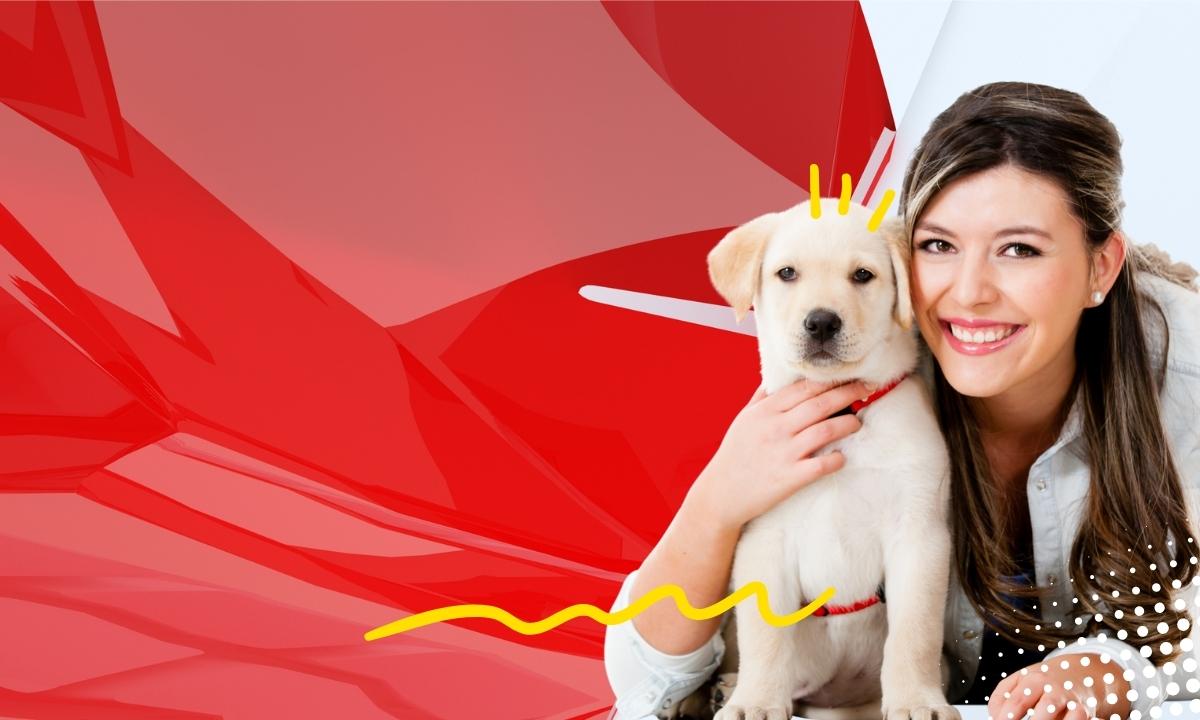Bringing a new puppy into your home is an exciting and transformative experience, but it also comes with responsibilities. Puppies are full of energy and curiosity, and how they are guided during their early months directly affects their behavior as adults. Raising a calm and disciplined puppy requires patience, consistency, and a structured training plan. By following a step-by-step approach, you can instill good manners, obedience, and confidence, ensuring your puppy grows into a well-adjusted, friendly, and obedient adult dog.
Understanding Your Puppy’s Needs
Before starting any training, it is essential to understand your puppy’s physical, emotional, and social needs. Puppies require adequate sleep, regular feeding, and frequent bathroom breaks. They also need attention, playtime, and gentle socialization to feel secure in their new environment. Recognizing these needs allows you to tailor training sessions to suit your puppy’s developmental stage. A well-cared-for puppy is more receptive to learning, calmer, and easier to guide toward disciplined behavior.
Setting Up a Safe and Comfortable Environment
Creating a safe and comfortable space is the foundation for a calm puppy. Designate a quiet area in your home where your puppy can rest without interruptions. Crate training can be introduced gradually to provide a secure den-like environment, helping your puppy feel safe when left alone. Include soft bedding, toys, and an item with your scent to make the space inviting. A secure environment not only reduces anxiety but also sets the stage for focused and effective training sessions.
Teaching Name Recognition and Focus
One of the first steps in training is teaching your puppy to respond to their name. Name recognition establishes the basis for communication and recall, which is critical for obedience. Use a cheerful, encouraging tone and consistently reward your puppy with praise or treats when they respond. This early training develops focus and helps your puppy understand that listening to you results in positive outcomes. A puppy that responds to their name is easier to guide through all subsequent stages of training.
Introducing Basic Commands
Once your puppy reliably responds to their name, basic obedience commands such as “sit,” “come,” “stay,” and “down” should be introduced. Short, frequent training sessions work best, as puppies have limited attention spans. Positive reinforcement, patience, and gentle repetition help your puppy associate commands with rewards and good behavior. Mastering these fundamental commands builds a foundation of discipline and ensures your puppy develops self-control while strengthening the bond between you and your dog.
Socialization and Controlled Exposure
Socialization is a key step in raising a calm and disciplined puppy. Expose your puppy to various people, animals, environments, and everyday noises in a controlled and positive manner. Proper socialization prevents fear-based reactions, reduces aggression, and fosters confidence. Introduce new experiences gradually, ensuring they are positive and safe. Socialized puppies are more adaptable, friendly, and receptive to training, which reinforces their calm and disciplined nature.
Crate Training and Housebreaking
Crate training is an essential tool for building independence and calm behavior. Introduce the crate gradually, making it a comfortable and positive space rather than a place of punishment. Simultaneously, housebreaking is critical for maintaining harmony in your home. Establish a consistent schedule for bathroom breaks and reward your puppy for eliminating in the correct area. Together, crate training and housebreaking teach routine, self-control, and discipline, helping your puppy develop good habits from an early age.
Leash Training and Structured Play
Leash training and controlled play sessions are important for teaching manners and self-discipline. Begin by training your puppy to walk calmly on a leash, rewarding proper behavior with treats and praise. Controlled playtime provides an outlet for energy while reinforcing commands and acceptable behavior. Structured play and leash training help your puppy learn boundaries, develop focus, and build a strong bond with their owner, contributing to overall calmness and obedience.
Advanced Commands and Consistent Reinforcement
As your puppy grows, advanced commands such as “leave it,” “heel,” “wait,” and “place” can be introduced to teach impulse control and higher-level obedience. Practice these commands in different environments to ensure your puppy can respond reliably despite distractions. Consistent reinforcement of both basic and advanced commands is essential for maintaining calm and disciplined behavior. Positive interactions, patience, and structured guidance help your puppy internalize good manners, ensuring they remain well-behaved into adulthood.
Conclusion
Raising a calm and disciplined puppy step by step is a journey that requires dedication, patience, and consistency. From understanding your puppy’s needs and creating a safe environment to teaching name recognition, basic and advanced commands, socialization, crate training, and leash control, each step builds the foundation for a well-mannered adult dog. Consistent reinforcement and positive interactions foster trust, confidence, and obedience. By following this structured approach, you can ensure your puppy grows into a calm, friendly, and disciplined companion, making life together enjoyable and harmonious for years to come.

